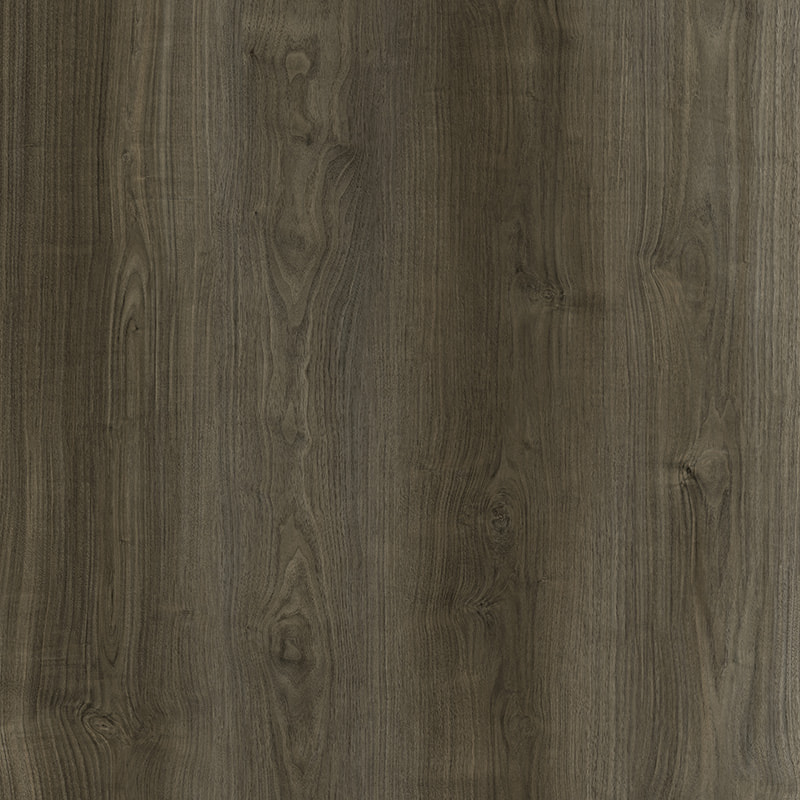With the increasing demand for aesthetics in home and office spaces, walnut decorative film has gradually become a new star in the decoration industry. This material not only provides natural texture and color like wood, but also has multiple advantages of modern materials, which makes it gradually occupy a place in the design field. The wide application of walnut decorative film has not only changed the limitations of traditional wood use, but also brought new inspiration to interior design.
One of the most significant advantages of walnut decorative film is its realistic wood grain effect. Because it uses high-tech printing technology to accurately reproduce the natural texture and color of walnut on the film surface, the product not only looks almost the same as natural wood, but also feels very close to it. This simulation effect makes it widely used in furniture manufacturing, especially in high-end office furniture, home decoration, cabinets and flooring products, walnut film is often used as a choice to improve the grade of products.
In terms of performance, the advantages of walnut decorative film are also obvious. It usually uses environmentally friendly materials, meets international green environmental standards, and avoids excessive consumption of natural resources during the production process. Compared with natural wood, walnut film has stronger water resistance, wear resistance and UV resistance, which enables it to maintain long-term beauty and service life under various complex environmental conditions. For example, in high-humidity environments such as kitchens and bathrooms, walnut decorative film is more durable than traditional wood, not easy to deform or crack, and has lower maintenance costs.

At the same time, the installation and processing of walnut film is also very convenient. It can not only be cut, polished, and processed into various shapes and sizes according to customer needs, but also combined with different materials such as metal, glass, stone, etc., to further enhance the freedom of design. Due to the convenience of construction, walnut decorative film also greatly shortens the construction period and reduces the cost of decoration.
However, the future development of walnut film also faces certain challenges. With the continuous improvement of consumers' demand for personalized design, the market demand for customization and differentiation of walnut film is becoming stronger and stronger. How to incorporate more innovative elements while maintaining high simulation will be the key to the future development of walnut film. For example, the color and texture of walnut film can be customized in a variety of ways to meet the aesthetic needs of different customers. In addition, with the deepening of environmental protection concepts, the production process of walnut film may also be further optimized, using more environmentally friendly materials and processes to reduce negative impacts on the environment.